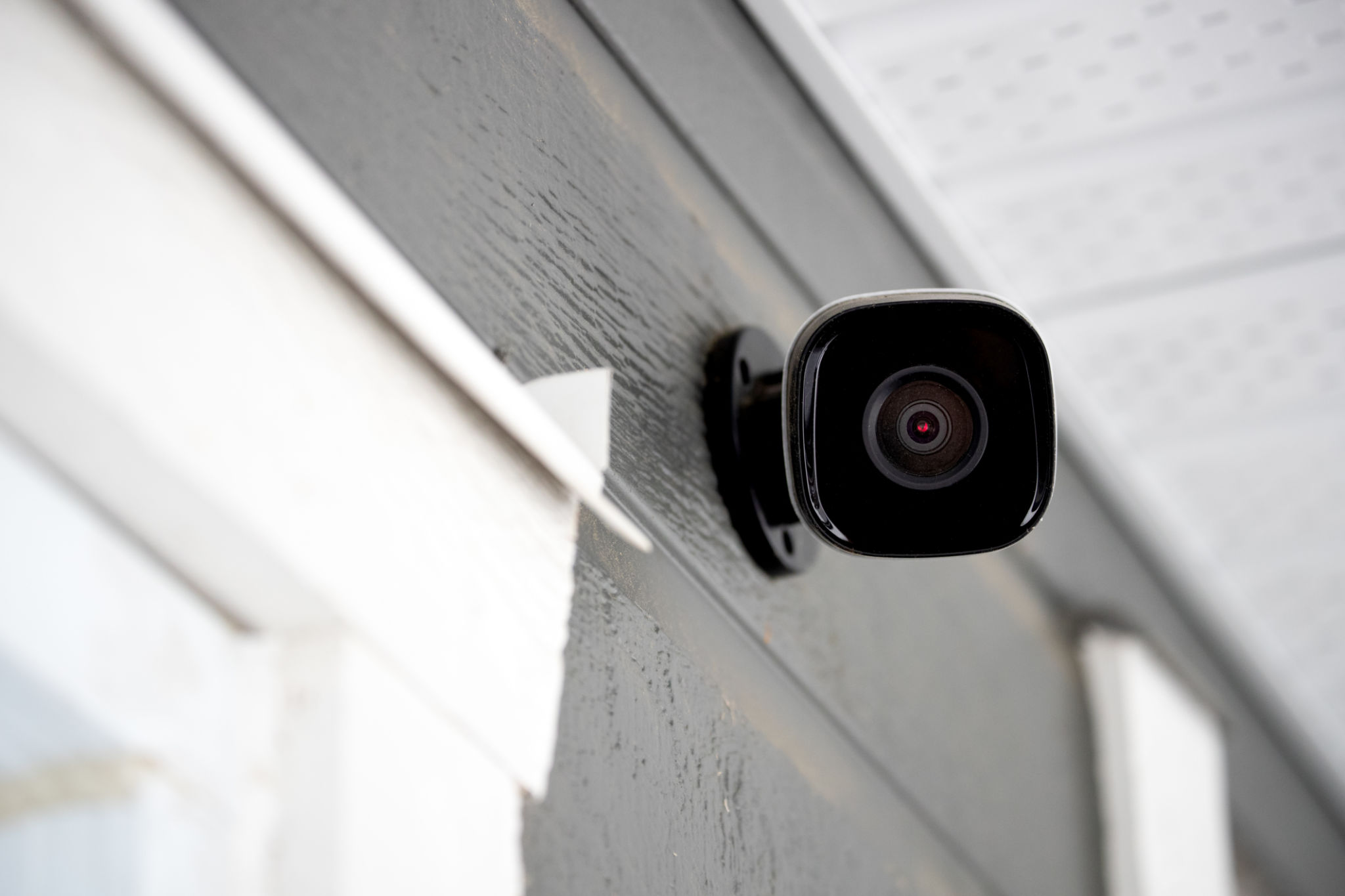Essential Tips for Setting Up a Secure Home Wi-Fi Network
ET
Understanding the Importance of Wi-Fi Security
In today's digital age, having a secure home Wi-Fi network is crucial. With the increasing number of smart devices and online activities, protecting your Wi-Fi network from potential threats is more important than ever. A secure network not only safeguards your personal data but also helps maintain smooth and uninterrupted internet access.
Leaving your Wi-Fi network open or inadequately protected can expose you to unauthorized access, data breaches, and even identity theft. Thus, setting up a secure home Wi-Fi network should be a priority for every household. Here are some essential tips to help you secure your Wi-Fi network effectively.

Change Default Settings
One of the first steps to securing your Wi-Fi network is changing the default settings on your router. Manufacturers often ship routers with generic usernames and passwords, which are easily accessible online. By changing these defaults, you can prevent unauthorized users from accessing your network settings.
Create a strong, unique password for your router's admin panel. Use a combination of letters, numbers, and special characters to enhance security. Additionally, change the default network name (SSID) to something that doesn't reveal any personal information or hint at the router's make or model.
Enable Network Encryption
Encryption is a vital tool for protecting the data transmitted over your Wi-Fi network. Most modern routers support various encryption standards, such as WEP, WPA, and WPA2. It is recommended to use WPA2 or WPA3 encryption as they offer the highest level of security.
You can enable encryption through your router's settings. This will ensure that any data sent over the network is encrypted and can't be easily accessed by outsiders. Always keep your router's firmware up-to-date to benefit from the latest security enhancements and encryption standards.

Set Up a Guest Network
If you frequently have visitors who need Wi-Fi access, consider setting up a guest network. This separate network allows guests to connect without providing them access to your main network and its connected devices. It adds an additional layer of security by isolating guest traffic from your personal data.
Most modern routers have a guest network feature that you can easily enable through the settings. Ensure that the guest network is also protected with a strong password to prevent unauthorized access.
Regularly Monitor Network Activity
Keeping an eye on your network activity can help you detect any unusual behavior or unauthorized devices connected to your network. Many routers come with built-in tools that allow you to view connected devices and their activity logs.
Regularly review these logs to ensure that no unknown devices are accessing your network. If you notice anything suspicious, take immediate action to investigate and secure your network further.

Additional Security Measures
Beyond the basic steps, consider implementing additional security measures for enhanced protection. For instance, you can disable WPS (Wi-Fi Protected Setup) as it is known to have vulnerabilities that can be exploited by attackers. Additionally, consider using a firewall to add an extra layer of defense against external threats.
Keep all connected devices updated with the latest security patches and antivirus software. Educate household members about safe internet practices to minimize risks associated with online activities.
By following these essential tips, you can set up a secure home Wi-Fi network that protects your personal information and provides peace of mind. Remember, security is an ongoing process, so stay vigilant and adapt to new threats as they arise.
